-
Posts
3,051 -
Joined
-
Last visited
-
Days Won
67
Content Type
Profiles
Forums
Gallery
Downloads
Blogs
Events
Store
Aircraft
Resources
Tutorials
Articles
Classifieds
Movies
Books
Community Map
Quizzes
Videos Directory
Posts posted by Garfly
-
-
Yes, we seem to agree, it depends on the luck of the draw as to both name and number. 'Jabiru', for example, happens to be a great RT word despite its three syllables. Better than, say, 'Nynja' with just two. (Partly phonetics and partly fame ;-)
But the problem becomes serious when mumbled word salad for ID makes vital coms clumsy, in need of clarification at a point when you may be closing on your unseen chat-mate at a great rate of knots.
Just think of the art and science behind the invention of IFR Waypoints: "NICLA" "COOPA" "NAMBA" "SORTI".
If our aircraft call signs were like that our problems would be few. But they ain't. And four numbers are necessary for administering and distinguishing a fleet of thousands but can make for a tedious handle in the circuit.
All I'm suggesting is an agreed form of shortening as an option where indicated. But you'd need a consensus that there is a real problem to fix, first. It's already an option whether to talk at all in the (uncontrolled) circuit so it's not a great stretch to be allowed to choose a clear call-sign if and when you do.
Anyway, Ranger Zero One, over and out. ;-)
-
Some amazing flying - and filming to match.
-
 2
2
-
 1
1
-
-
Yes, that's a good one. Some monikers work really well as it is.
-
That 'Light Sports' bit is new to me and I'd say it's a good idea.
I wonder if it will be formalised if controlled airspace arrives.
Yes, changes should be done properly, by the book.
And type info could be designated as an 'as-required' element.
When, say, a QantasLink flight announces itself to all and sundry on Area and CTAF when operating at an uncontrolled field, on first contact they seem to include their type e.g 'Dash8' and thereafter, I believe, just go by Designator/Flt. number. That seems to work.
It doesn't have to be an either/or situation.
As it says in Clear Mind Clear Prop: "Remember there are no longer any mandatory broadcasts other than those needed for the immediate avoidance of collision or risk of collision." I guess the official message comes down to "use your noggins everyone. And don't crash."
-
True enough. So in such a case "Savannah 14", "Nynja 15" and "Drifter 16" might work better. In fact, I hear that happening, in a common sense way, as it is.
I guess what we want to avoid is "Zenair seven-oh-one-seven-zero-zero-seven turning downwind" thence 'base' 'final' etc.
(Do I exaggerate? ... Okay, I exaggerate. ;-)
-
Fair enough, Nathan. Certainly, when (and if) we get access to C/D space, ATC folks will want to have a say as to just how we identify ourselves. But, as you said above, you all, at times, choose, yourselves, to abbreviate in the interest of efficient coms.
But anyway, the context I'm thinking of is four or five aircraft in the vicinity of an non-towered field on CTAF trying to separate themselves. I'm not so much thinking of all the folks on a given frequency at any one time. After all, you rarely hear a peep out of the swarm of rag-and-tubers typically on Area.
So I'm just suggesting that formalised abbreviations could be approved/encouraged wherever it will add to safety; wherever it can ease the mental load of working out the relative position of a bunch of nearby aircraft based solely on RT coms. (of variable quality.)
Sure, all four numbers can be spoken when needed and/or where ATC is involved (unless the controller initiates a shortening). But, in any case, I'd have thought that controllers might prefer a standard RAAus prefix since they probably won't make any sense of the type anyway (present company excluded!) and a word such as 'Ultra' and/or 'Micro' would instantly prepare their ears for the ID number to follow. (Plus a performance ballpark.) Numbers get used for so many different things in aviation the more clearly their meaning is signalled the better, no?
(Which is why, I suppose, the 'sixty, ninety-nine' format is now favoured.)
P.S: Since so many of our types are so quick nowadays, we might need another RAAus designator ... maybe 'Slippery' ?
Just kidding. (I think.)
-
Thanks for finding the chapter and verse, Nobody.
So I guess to simplify the pitch, the proposal would be that, for call sign purposes, RAAus be treated as an operating agency with a telephony designator for all its aircraft (or maybe several to separate broad categories). In any case, the actual designator(s) would need to be chosen for phonetic distinctiveness. (Presumably why "Go Cat" was - once - chosen over the word "Tiger" and "Velocity" over "Virgin".) At this level the fact that different aircraft types are covered by the one designator doesn't usually present a problem. Anyway, that info's included in RT whenever it's deemed relevant.
-
Actually, reading Nathan's post more carefully perhaps I should have replied that, indeed, shortening the numbers to "sixty, ninety-nine" is what we're being encouraged to do now (ref. Clear Mind Clear Prop). My suggestion is to take it further: drop the type prefix (often garbled and meaningless) replace it with a generic term denoting RA and encourage abbreviation to just "ninety-nine" where appropriate. When type info is useful it can be added or asked for. As in '99 say type'
As it is, some of our full names and numbers run to over a dozen syllables.
We can run out of breath just saying hello.
IMHO, for most of our ops, brevity and clarity trump (total) identity. But not always.
-
 1
1
-
-
Good to know that, Nathan.
Actually I once flew as a pax in my aircraft on a ferry flight with an experienced pro pilot who decided to request clearance through Albury airspace. "What's the type and number of this thing?" he asks. "It's a Skyranger and it's 19-5001" I tell him. "Hmmm, he thinks (audibly)". He keys the mic "Albury tower, Ranger Zero One is approaching WP Y at X thousand 500, request ... etc. etc." No problem. I had to laugh. At one point the controller did ask our type but I'm sure the word Skyranger didn't register. I've thought ever since that maybe he thought we were some special RAAF flight - it sounds a bit like one of those air force codes. And Zero One, no less! Maybe the PM was on board! Although he could have judged from our stately pace (as reported) through his space that we were not a Hawk. LOL.
-
 2
2
-
 1
1
-
 2
2
-
-
Regarding the GAF info in the Aviator's Tool Kit. They have provided a page with the new forecast areas, right?
Is there somewhere else where the info is out of date already?
-
I agree, Downunder. For example my numbers are 5001. And Fife-zero-zero-one is quite distinctive; easy to say and hear - at least as easy as Fifty-zero-one (or Fifty-one? ;-)
But that's why I think it should be optional and context dependent.
-
I reckon that RAAus have done a great job with their latest booklet and Aviator's Tool Kit folding brochure.
For the most part the articles are useful and presented in a tone (more peer to peer than sermonising) that's likely to get read and to get through. And the Tool Kit is a really well thought out thirteen pages (small and folding) of handy reminders. Especially useful for the less-than-frequent flyers that many of us are.
One point that caught my attention in the booklet - in the "Radio use in Class G Airspace" article - was the recommendation of speaking the number parts of our call-signs as: "e.g Fourteen ninety nine - ICAO grouping method is preferred and easier to remember."
I hadn't seen this format officially recommended to us before but it seems like a good idea. Anything to make radio use quicker and clearer in what are often critical and confusing situations.
In fact I'd like to see official approval of abbreviated call-signs (wherever confusion is unlikely).
This practice is approved/encouraged by ICAO for professional ops but I think a ground station needs to bless the short form first in any given situation.
Aircraft Call-sign - SKYbrary Aviation Safety
But, of course, most of our comms are air-to-air and sometimes (and most critically) with RPT aircrew who surely won't know an Avid from a Zenair, or a Bristell from a Nynja. In fact, in most cases, the blurting out of that first bunch of idiosyncratic syllables only serves to mask and blur the rest. Trying to interpret unfamiliar word salad takes up mental resources needed elsewhere - especially at just the moments when talking's needed.
Something else - a couple of clear numbers, maybe; easy to recall, easy to read back - would be far better in most cases. Otherwise you have a big waste of airtime and concentration: "aircraft in the circuit at XXXX - I didn't get your call sign - say again type and intentions etc etc."
Actually, I do note that in practice quite a few RAAus pilots already do the sensible thing and abbreviate where necessary. But it might be worth regularising it.
There may be a case for an abbreviated form for all RAAus aircraft (to be used as necessary or desirable) such as:
"Ultralight Fifty-four" at least after initial contact. (The numbers, of course, being the last two of the rego.) You'd soon hear about it if you had a short-name-sake in the area.) And if disambiguation is needed it's quick and easy to say: "Fifty-four, say type (... and colour)."
Sure, ATC needs to know, initially, at least, exactly who they're talking to and also the local council certainly wants to know 'who's that landing on MY strip.' But those requirements could be satisfied while, at the same time, making practical radiotelephony a bit more ... practical (and a lot safer).
Just like ICAO does for the big boys and girls.
-
 2
2
-
 2
2
-
-
-
This is the view from the other side. ;-)
To go aloft with Frank is to be reminded of why we fly; a man totally at-one with his wings. A condition for all pilots to aspire to! It's partly his innate ability but also, as he says, because he flies very often from his home strip at beautiful Deeral, south of Cairns, and he reckons he makes every flight a training flight - despite his many decades instructing others, especially in the early days of ultra-lighting in Oz. He's still as keen as the day he started and always has heaps of wonderful tales to tell of the old AUF days. Thanks again Frank for another fantastic flight - and the stories!
-
 6
6
-
 1
1
-
-
Hi Heath,
I think it refers to what's otherwise called the Circular Approach - also the "navy approach", apparently, in the US.
It's pros and cons for everyday GA flying are discussed near the beginning of this article:
Searching for a miracle cure to loss of control accidents | Air Facts Journal
And also near the end of this one:
Arriving at the VFR sweet spot - without colliding or spinning in | Air Facts Journal
-
Hi Derek, I've been flying out of Cessnock - and, more recently Taree - though I've been away overseas most of this year.
As it happens, though, I'm up in FNQ right now, on a job. I did fly to Warwick once - a year or two back - when I was doing some re-training with Mahl Oakes in his Tecnam out of Redcliffe. Lovely flying country!
-
-
-
Yeah Mark, I agree, and that guy (one Chuck Moore) has had quite an aeronautical career - as told by the blurb at the end.
There was some spirited debate among the aero-physicist mob (in the comments) about the accuracy of his:
"And if you are anything but straight and level in the air, you are not at 1G."
Maybe he could have saved them the bother with a 'for all intents and purposes' and still have made his main point.
I did notice a slip-of-the-pen, though, when he defined Va as 'minimum maneuvering speed'.
By the way, have you been able to install and check-out the AoA thingy you were looking at?
-
At the risk of coming across as a Collins family fanboy, here are some more articles I've found on the subject of AoA and its indicators. I find it interesting to read (first link) the father of Dick Collins (erstwhile editor of Flying Magazine) discussing those 'new fangled' devices back in 1965 - with a rearward glance to flying back in the '20's.
From the archives: Leighton Collins on angle of attack, 1965 | Air Facts Journal
The three keys to flying safely | Air Facts Journal
Airspeed vs. angle of attack - what pilots don't understand | Air Facts Journal
The discussion threads after these articles are often as enlightening as the original argument (just like here ;-)
-
An interesting recent take on the issue of Homebuilt Vs Certified aviating in the US by Richard Collins:
https://airfactsjournal.com/2017/10/whats-wrong-experimental-pilots/
-
 3
3
-
-
According to the YouTube info:
"Tom walked away uninjured, but his SQ2 was not so lucky. To make matters worse, the insurance application for the SQ2 was still at home sitting on his coffee table. Tom is a great guy who loves Alaska and aviation. Many people at the Fly In asked if there was any way they could help Tom out. As a result, we have started a GoFundMe campaign for him. Tom gave his consent, but is in no way asking for a handout or contribution. He is a real Alaskan Bush Pilot and will rebuild his SQ2 regardless."
-
 1
1
-
-
I'd like to do at least enough aerobatic training to give me a chance - in a panic - of resisting
what I think would be almost irresistible insincts: to haul back and/or roll level - at quite the wrong time.
Meanwhile - a second best measure - I reckon a regular viewing of this video can help a bit:
(posted here again for those who haven't caught it yet):
-
 1
1
-
 1
1
-
-
Thanks Old K ... and it's worth following the link on that page (Law Report) through to radio program which goes into quite a bit more (depressing) detail:
Will Australia's small airports soon be a thing of the past?
Increased regulations and rising costs have seen more and more of Australia's tiny airports shut down. The trend seems likely to continue, so what could we stand to lose?
It seems that 'the media' has taken an interest in this case because the program maker, Lyn Gallacher, has taken up flying herself. ;-)
-
 1
1
-


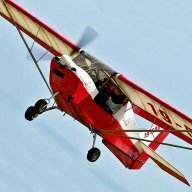
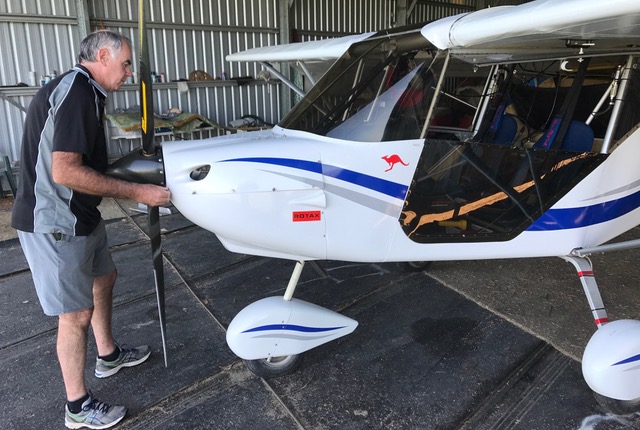
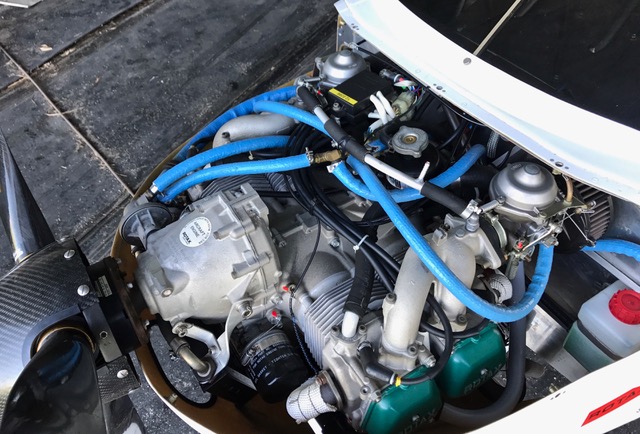
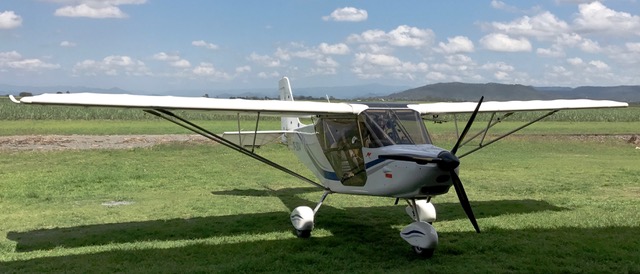
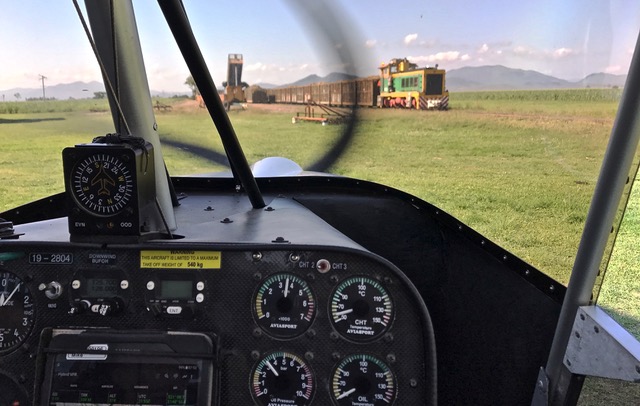
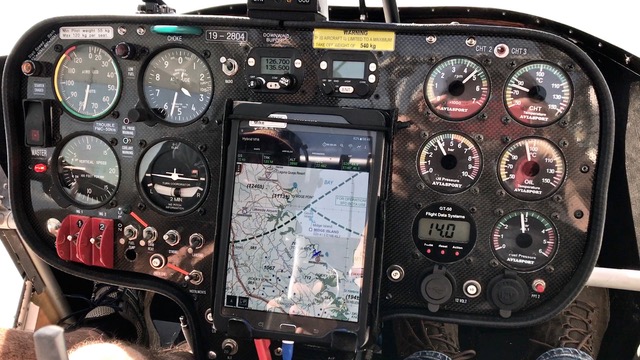
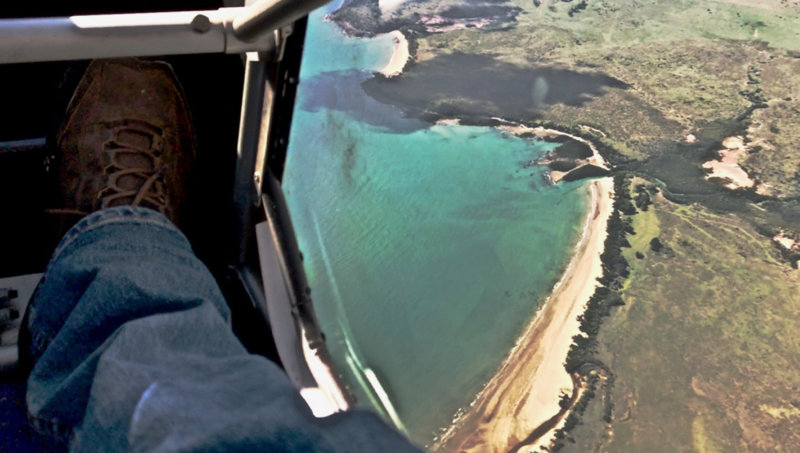
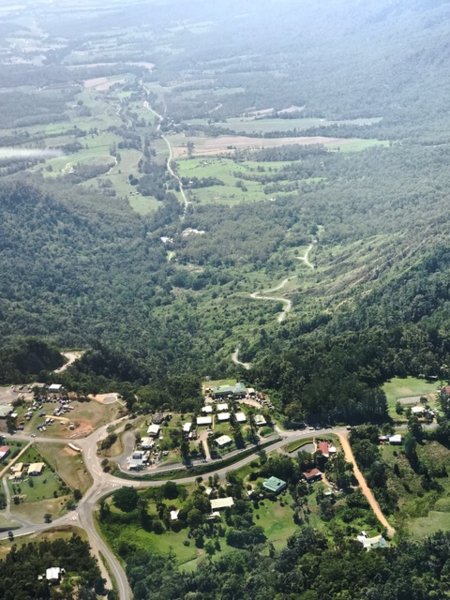
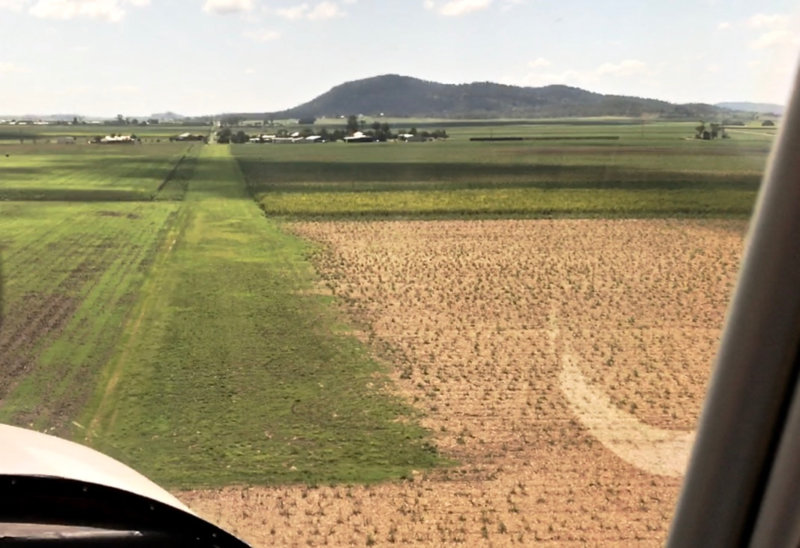
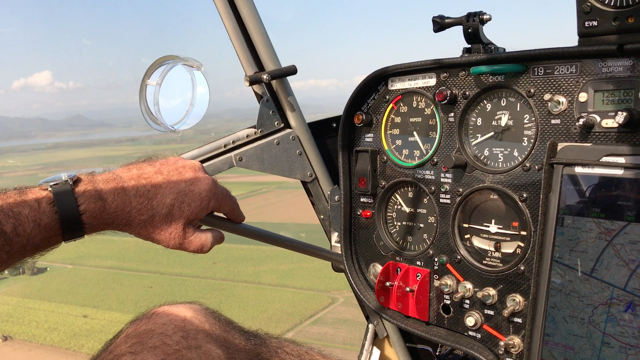
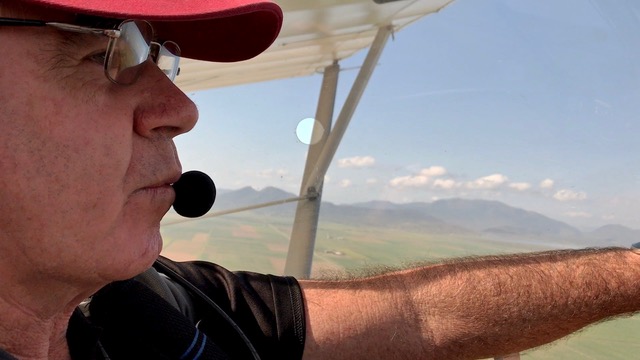
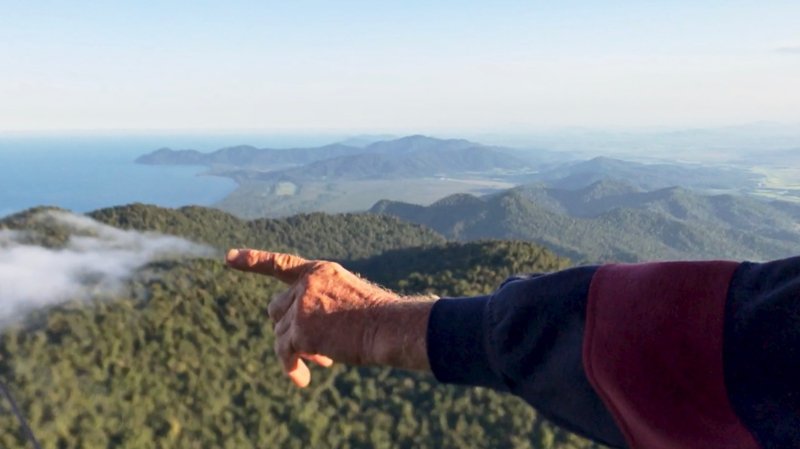
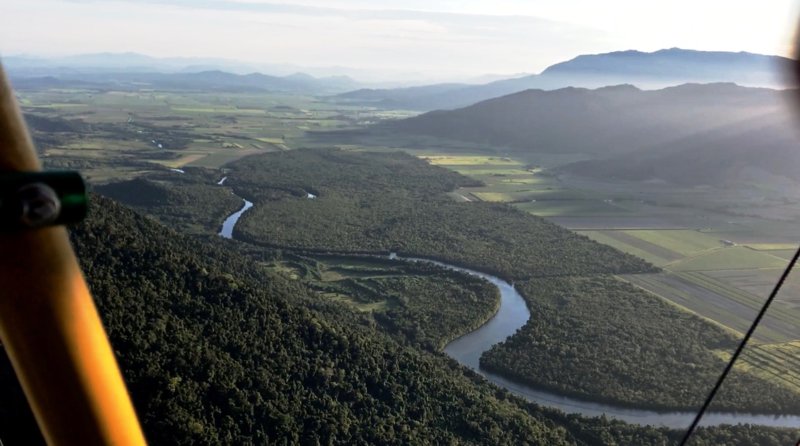
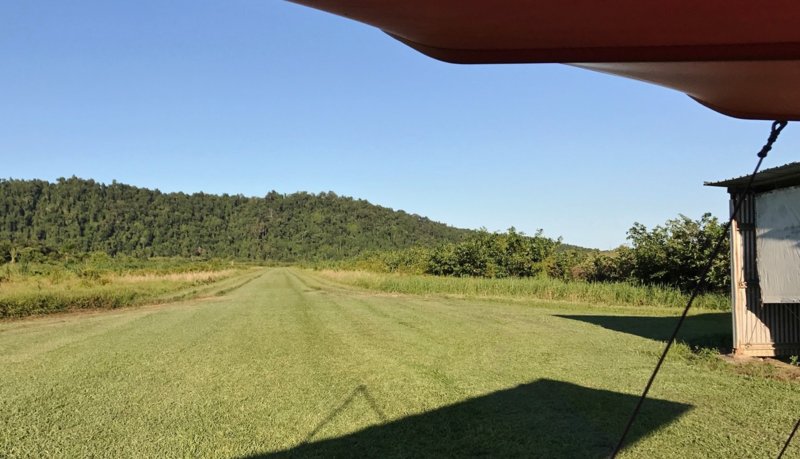
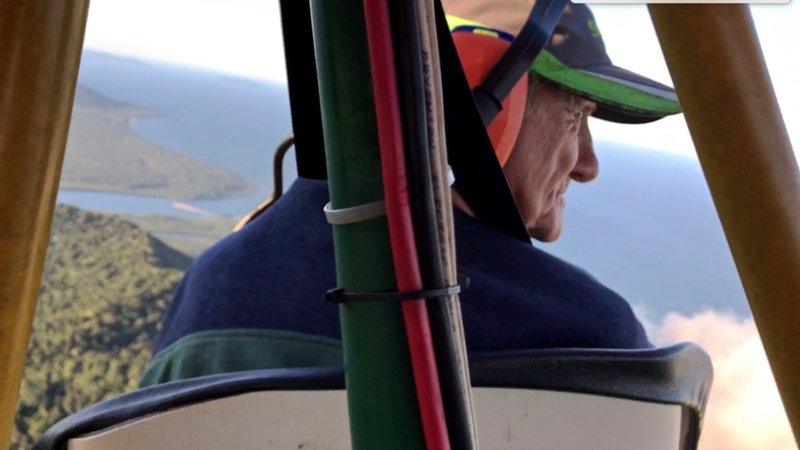
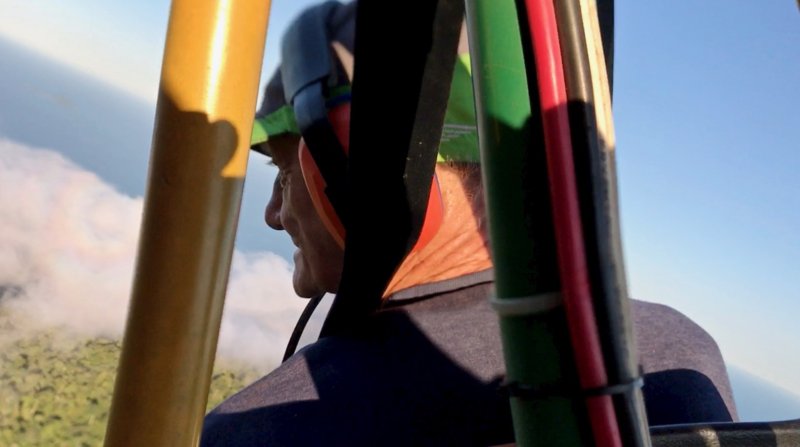
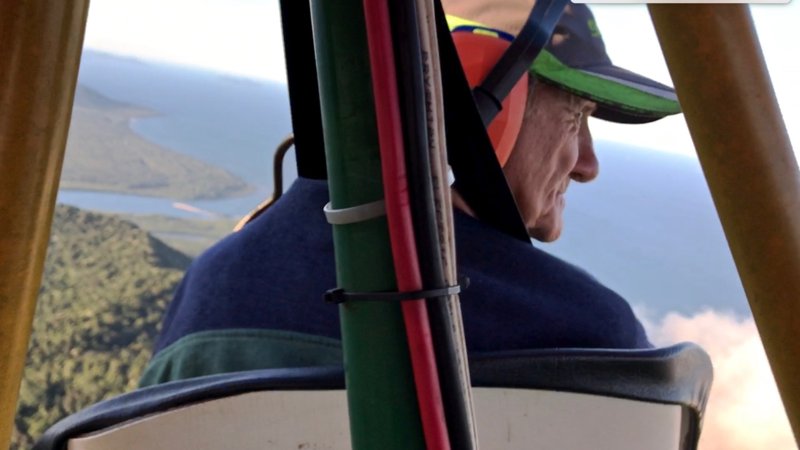

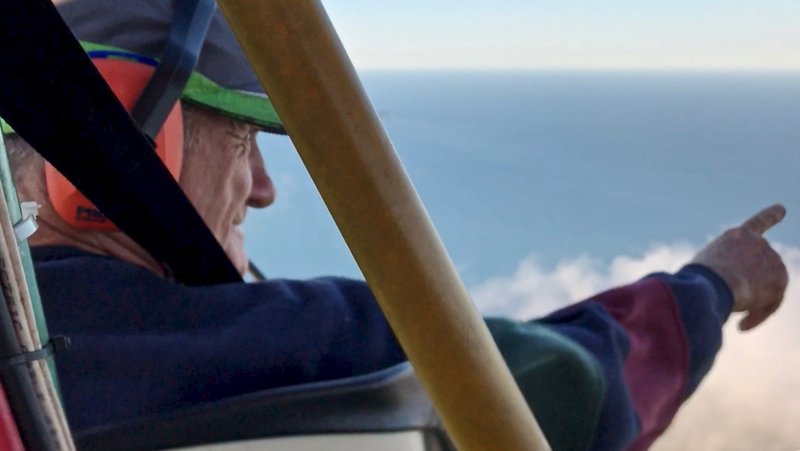
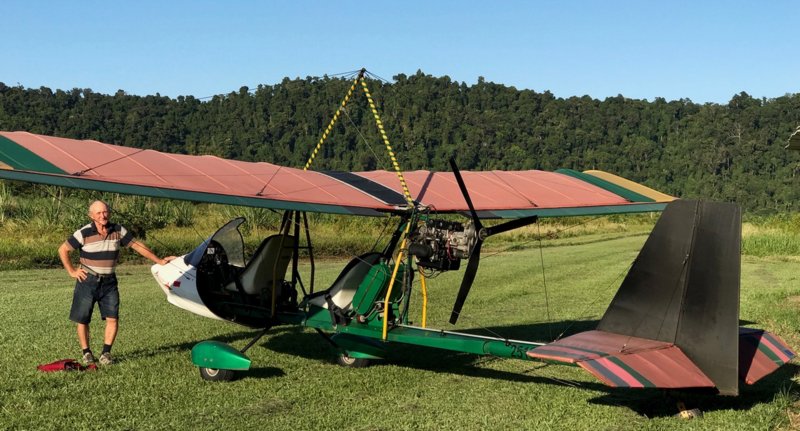






New Zealand Crop Dusting.
in Aviation Videos
Posted
Here is some amazing footage of the same activity by a professional air-to-air mob (Tony Monk Films).
I presume this is the kind of equipment they used. In any case it's just beautiful to watch cinematography.
Tony Monk | The Gear